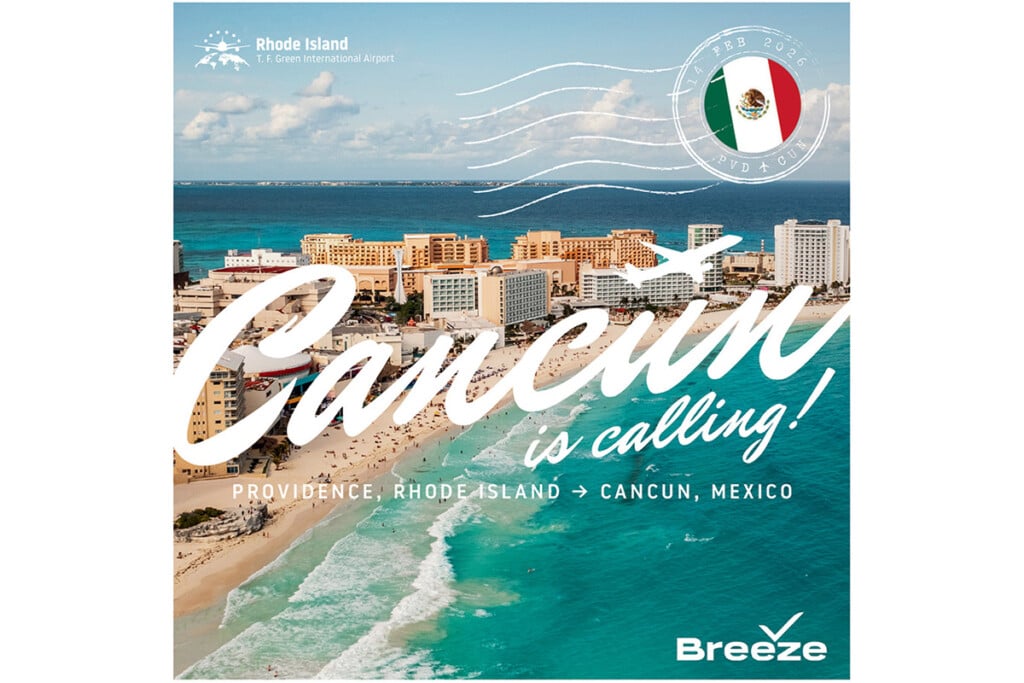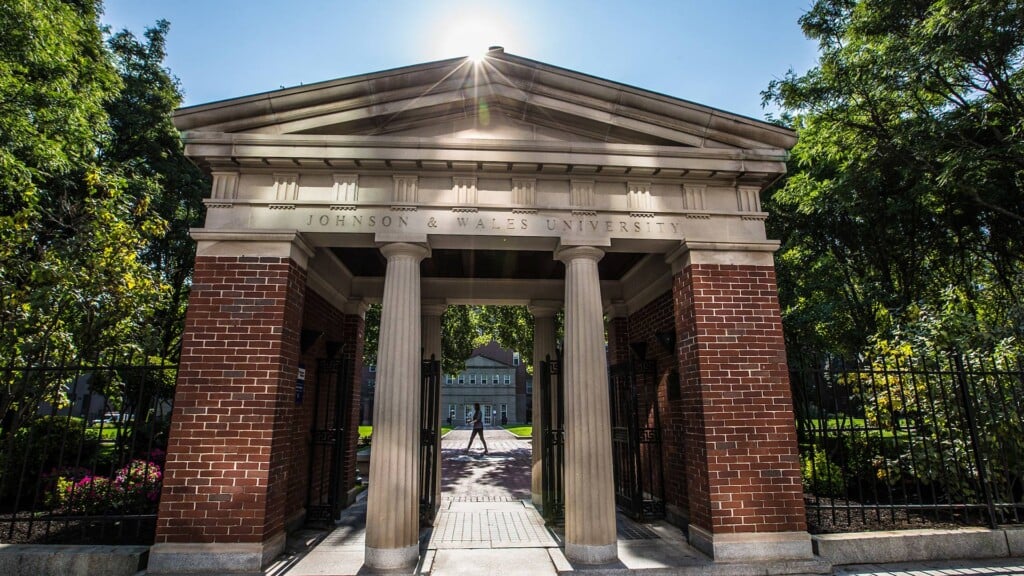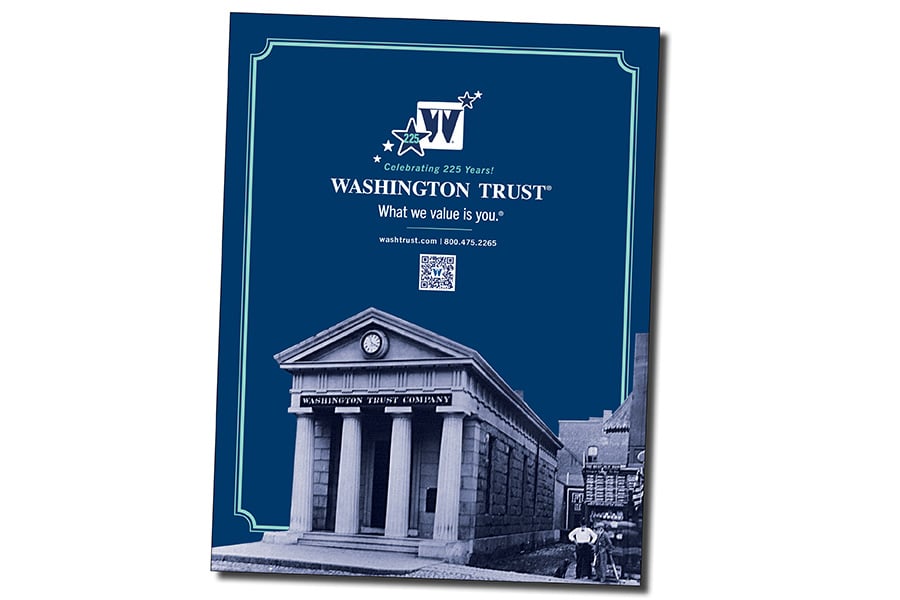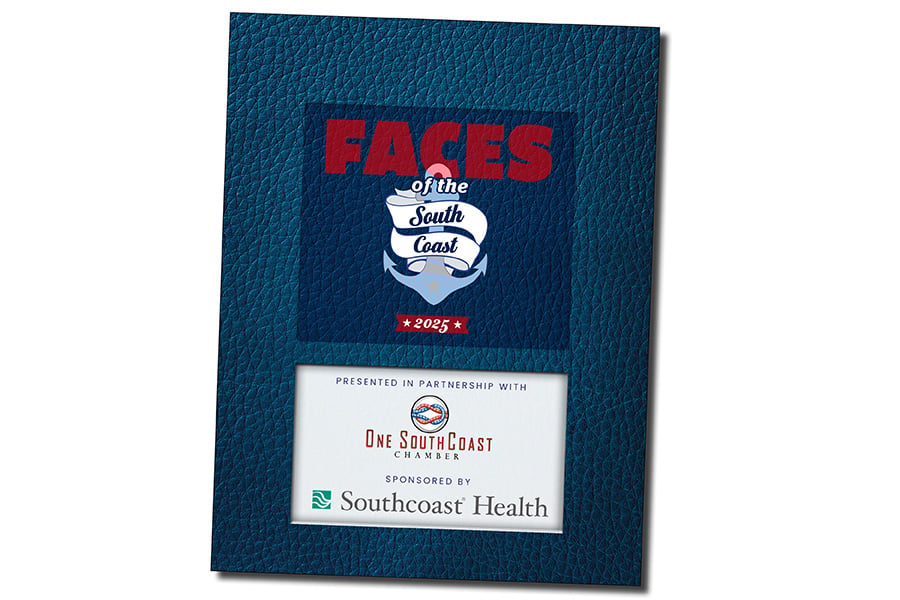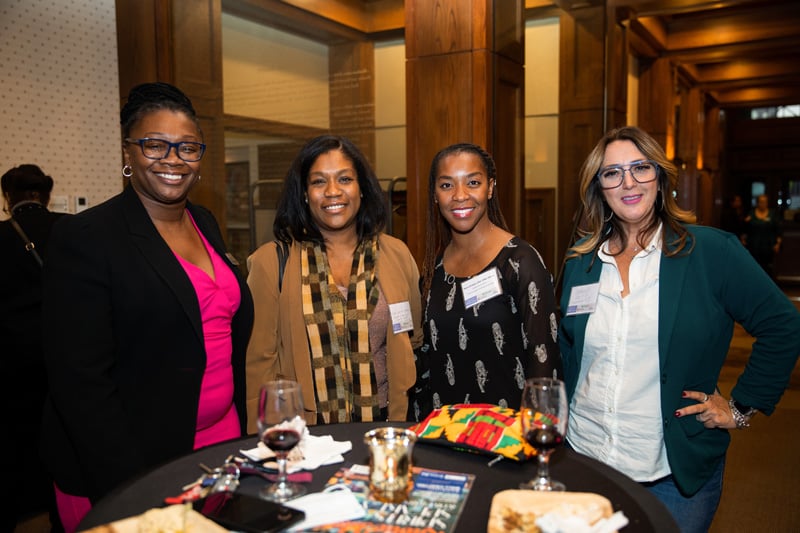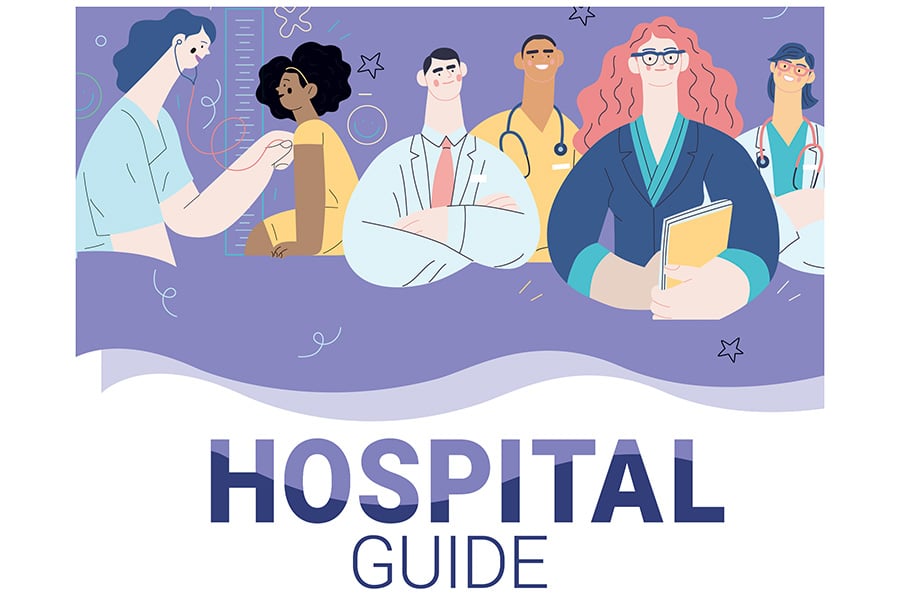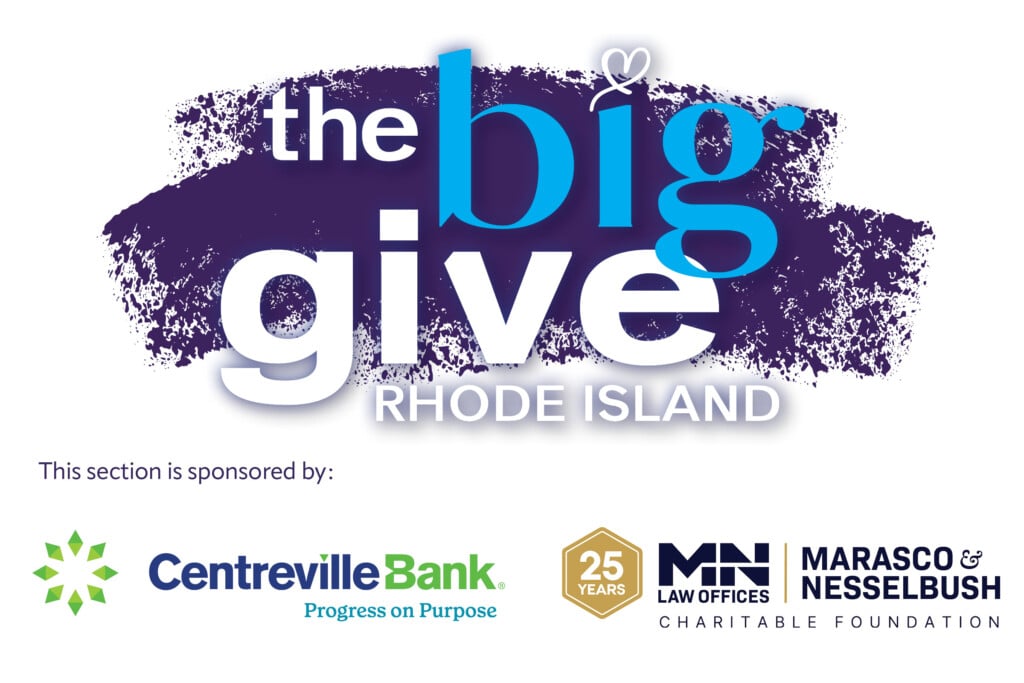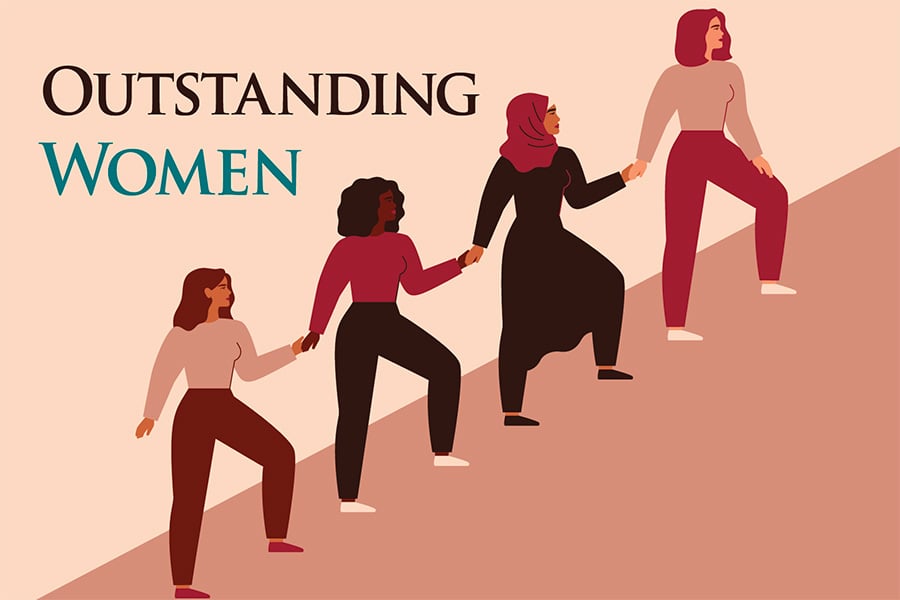Last Honors with Providence’s War Memorials
Rhode Island's Vietnam veterans gave their youth and their lives in a controversial war. An effort to honor them among Providence's war memorials has languished in bureaucracy.
Providence holds the memories of the war dead close to its geographic heart. The centerpiece is a 150-foot Doric column erected in 1929 to honor those who served in World War I. Once the hub of a traffic rotary dubbed “suicide circle,” it now presides over a leafy rectangle on South Main Street, created as part of the relocation of the Providence and Woonasquatucket rivers. Bronze plaques depicting a battleship, tank, machine gun and airplane — and engraved quotes from poets and presidents — girdle the granite pillar. A figure on the apex, representing peace, surveys the Providence River flowing past.
The memorial’s elaborate aesthetic befits what was once dubbed the “War to End All Wars” — except it wasn’t. A circular stone colonnade flanked by granite benches and a wall inscribed with the names of 2,560 Rhode Island service members who died in World War II anchors the opposite side of Memorial Park. A bronze Korean War soldier kneels at the north end. Across the river, the smooth faces, etched in glass, of the nine young men who died in the October 1983 bombing of the Marine barracks in Beirut, Lebanon, keep watch over the foot path. The Garden of Heroes, on the southwest lawn of the State House, is dedicated to Rhode Island men and women who have died in overseas conflicts since Sept. 11, 2001. White and African American Civil War veterans receive their due in the 1871 Soldiers’ and Sailors’ Monument in Kennedy Plaza.
On a late summer weekend, the city takes its leisure. Skateboarders, twenty-somethings on their computers, and National Guard members eating lunch at a picnic table in Memorial Park take no notice of the ghosts of the fallen around them. But one group of veterans is keenly aware that their service is unrepresented in the capital city.
“I think there needs to be a memorial for the Vietnam era to bring attention to the strife that took place in our country, that tore us apart, almost as badly as the Civil War did; to give recognition to the people who had a genuine interest in stopping the war, as well as people who served,” says Tom Morrissey, a Vietnam helicopter pilot and artist who has tried to drum up interest in a Providence Vietnam War memorial off and on for thirty years.
The Vietnam War was a seventeen-year struggle among Vietnam, Cambodia and Laos over what type of government would prevail as the former French colonies won their independence. It was also a proxy war of United States-supported democracy against Soviet Union-style communism. For the first decade, the U.S. supplied military and economic aid to pro-Western South Vietnam. But as the Republic of Vietnam faltered and its forces were on the verge of losing against communist insurgents, the U.S. began sending ground combat units, peaking at 543,400 troops in 1969.
Televised on the evening news, the war polarized Americans, who debated its rationale, its execution and its morality at the dinner table and on the streets. As U.S. involvement escalated, opposition grew. While there were large-scale demonstrations in support, the tenacious anti-war movement galvanized tens of millions of Americans to hold mass marches, strikes, sit-ins, teach-ins and vigils against the war and the Selective Service System’s mandatory conscription policy. They pressured President Richard Nixon to abandon his plans to increase U.S. troop strength and use nuclear weapons, and eventually, to sign the 1973 Treaty of Paris, which set the terms for the withdrawal of all U.S. armed forces and the release of all U.S. prisoners of war held in North Vietnam. More than 47,000 Americans lost their lives in combat; another 11,000 died of related causes and 300,000 were wounded.
Those who survived their one-year tours came back to a sour America. Uniformed military members were objects of derision; the VFW initially refused to let Vietnam veterans join.
Bert Guarnieri carried an M60 machine gun for most of his time as a corporal in the infantry. He had been the target of snipers and a grenade attack that killed a platoon member twenty minutes after he joined the unit.
“My family and friends were very welcoming,” he recalls. “But if you went to the airport or train [or] bus station you could see some of the people protesting and [soldiers] getting called names — ‘baby killer’ and all that crap. It made me mad because these guys put their life on the line and they had a lot of problems doing it, and some came back with less body parts or problems in their minds, and they weren’t taken seriously enough as far as I was concerned.”
The psychological and physical wounds still linger for many.
In February, researchers Jeanne Mager Stellman and Steven D. Stellman at Columbia University’s Mailman School of Public Health released the latest findings in their thirty-five-year-long investigation into the health outcomes of Vietnam veterans, showing that combat exposure and post-traumatic stress disorder are strongly linked to cardiovascular disease, kidney disease, arthritis and other chronic illnesses, as well as anxiety and depression later in life.
“It doesn’t go away for a whole lot of people. More than half of the people in heavy combat never recover and pay their entire lives for it,” says Mager Stellman.
The effects of war on combatants are not sufficiently studied, and the complex interactions between past trauma and long-term adverse physical and mental health conditions is not well understood or adequately covered by VA health programs, she says. But Vietnam veterans are responsible for the recognition of PTSD as a diagnosis.
“Before Vietnam, it was not a recognized compensable disease for most veterans, and it didn’t get into the Diagnostic Statistical Manual until the 1980s,” she says. “Now, people stub their toe and say, ‘Oh, I have PTSD.’ It’s part of the lingua franca. But in fact, it was a huge struggle. So anybody who gets a PTSD benefit or recognition can thank a Vietnam veteran for that.”
Kasim J. Yarn, director of the Rhode Island Office of Veterans Services, says one of his priorities is enrolling Vietnam veterans in the VA health care system. Many never applied for their health benefits “because of their lack of trust and resentment when they first came back,” he says. “Key is our ability to meet with the Vietnam veterans, thank them for their service. ‘Welcome home.’ We’re talking about memorials and monuments, but we’re also talking about moving the needle to address their needs.”
In 1982, the national Vietnam Veterans Memorial opened as “a Band-Aid on a wound that had been festering for a long time,” says Tim Tetz, director of outreach for the Vietnam Veterans Memorial Fund, which built it. It is now the most visited war memorial in the country, and the second most visited monument on the National Mall in Washington, D.C. Originally a V of black granite walls sunk into the earth and engraved with the names of the dead or missing, it now includes the “Three Soldiers” statue and an In Memory plaque, as well as the Vietnam Women’s Memorial. From conception to completion, it took three years for the VVMF, headed by veteran Jan Scruggs, to get congressional approval for the three-acre parcel, raise $8 million in private donations, select a design from a national competition, and install it. Architect Maya Lin’s austere and nontraditional design, initially controversial, has become a cultural touchstone.
“I think that it has in the last forty-three years transformed the way that we deal with veterans, and certainly transformed the way we look at our Vietnam veterans,” Tetz says. “It brings four million people there now. Half of those folks weren’t alive in 1982 when the memorial was built. But it’s not uncommon for the smallest child to walk up and say thank you to a veteran.”
More than 21,000 Rhode Islanders served in the Vietnam War; 209 officially died in the conflict and another 1,600 are listed as missing. The U.S. Department of Veterans Affairs estimates that 17,790 Vietnam era veterans were living in Rhode Island in 2023, and they are honored at locations throughout the state. Smithfield, North Smithfield, Pawtucket, Warren, Newport, South Kingstown and Cranston are among the municipalities that have erected markers and plaques or dedicated public spaces in honor of those who served in Vietnam. The Warrior Cairn, a project spearheaded by Vietnam veterans and unveiled in July at the Veteran’s Memorial Cemetery in Exeter, features a granite slab inscribed with “For Those Who Can No Longer Speak for Themselves” beside benches, a flagpole and steel cans with wood chips that visitors can inscribe with messages to be ceremonially burned.
Despite these fitting tributes, the effort to erect a Vietnam veterans memorial in Providence has failed to create a plan or location for the project. In 2021, state Representative Sam Azzinaro (D-Westerly), head of the Veterans’ Affairs Committee, sponsored a resolution creating a committee to make recommendations to plan and build a Vietnam memorial in Providence. The commission, first established in 2022, was extended until April 30, 2025, and again until April 2028, without producing an expected report.
“First of all, where are we going to put this? How big is it going to be? And how much money is it going to cost? And thus far, I can’t answer that,” Azzinaro says. “I don’t have a spot. I was told that the city of Providence doesn’t want any more monuments put in Memorial Park. I don’t have the money. I don’t have much of anything.”
According to Josh Estrella, director of communications for Mayor Brett Smiley, Providence officials have not received a formal request to place a Vietnam memorial in the city.
A spokeswoman for Governor Dan McKee’s Department of Administration said that state involvement wouldn’t begin until the project was funded, but the DOA was available as a resource and had already met with the Vietnam Memorial Commission to offer guidance on potentially suitable sites.
Father Philip Salois, president of the state chapter of the Vietnam Veterans of America, is hopeful that in the near future, the memorial’s proponents will succeed. Vietnam veterans are now in their seventies and eighties, and there is a sense of urgency behind the effort that has been lacking until now.
“I’m the national chaplain for the organization and I do all the obituaries for the deceased veterans nationwide. We’re getting older and many of the veterans are dying so fast,” he says. “If we don’t do this now, it’ll never get done.”
______________________
Ellen Liberman is an award-winning journalist and columnist who has commented on politics and reported on government affairs for more than four decades.


